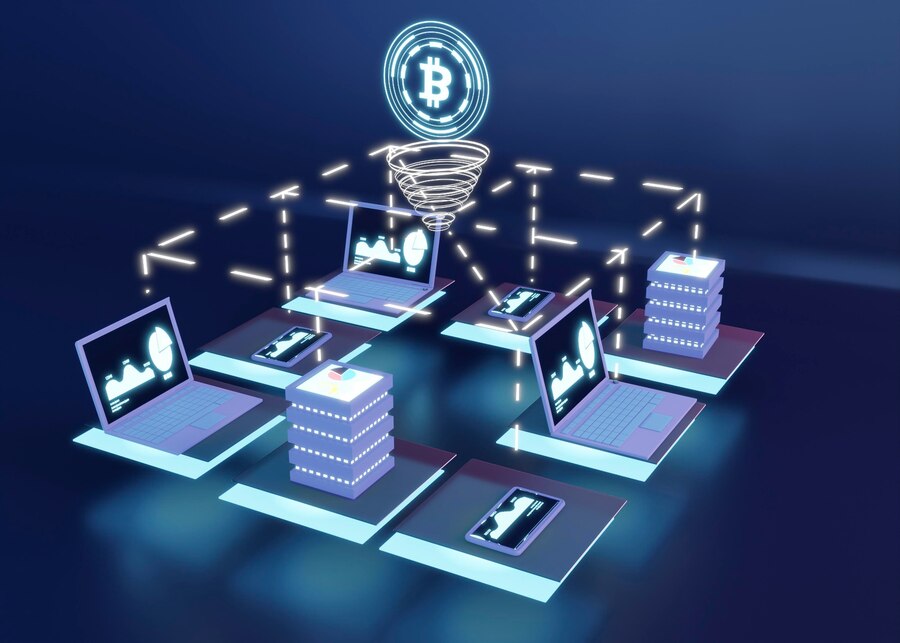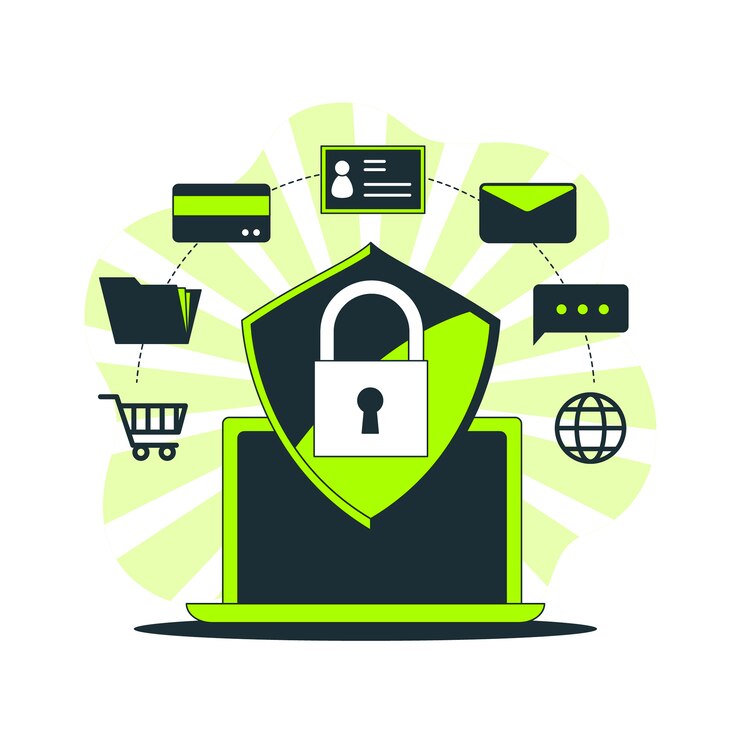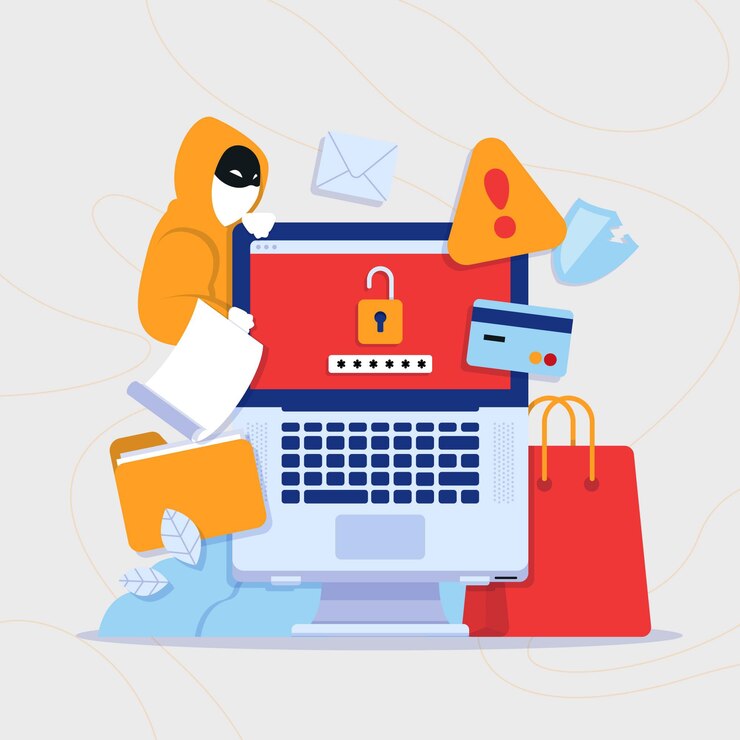Cybersquatting – is the acquisition of domain names similar to the names of brands, companies, or popular websites, with the aim of reselling them or using them fraudulently. This type of activity often leads to financial losses and reputational damage for business owners and internet users.
There are several main schemes of cybersquatting:
Typosquatting – registering domains with typos of popular sites (for example, facebok.com instead of facebook.com). Visitors to such sites may not notice the substitution and may pass personal data to the attackers.
Brand cybersquatting – using registered brand names in domain names without the permission of the rights holders.
Expiration cybersquatting – intercepting domains whose registration period has expired. If the domain owner does not renew it in time, scammers can register it for themselves and resell it at an inflated price.
Phishing cybersquatting – creating duplicate sites with the aim of stealing user data. Fraudsters may mimic the pages of banks, online stores, and social networks.
Pseudo-mirror sites – copying the appearance of popular internet resources with slight changes in the address. Most often, such sites are used to spread malware or collect user data.
Cybersquatters often act in an organized manner, buying up dozens or hundreds of domains for subsequent sale. Companies that face such fraud are forced to either buy out the domains at an inflated price or engage in legal proceedings, which also incurs financial costs.

Financial risks for businesses and users
Cybersquatting creates significant financial and reputational risks for various parties. The main problems faced by companies and users:
Direct financial losses. Companies are forced to either buy out domains from cybersquatters or lose customers who land on fake sites.
Loss of trust in the brand. Users who encounter fraudulent sites may stop trusting the official resource, even if the company is not involved.
Phishing attacks. Scammers use similar domains to collect personal data such as passwords, card numbers, and other confidential information.
Loss of organic traffic. Visitors who accidentally land on a duplicate site may not return to the official resource, especially if scammers offer similar content or services.
Legal costs. Legal proceedings over domain names can take a long time and require significant expenses.
One of the striking examples of cybersquatting was the massive interception of domains of well-known brands in the early 2000s, when companies had to pay millions of dollars to regain their domain names.

Methods of protection against cybersquatting
Businesses and users can be protected from domain fraudsters through proactive measures. The most effective ways include:
- Registering multiple domain zones. For example, a company can own domains in .com, .net, .org, and national zones. This reduces the risk of similar domains being registered by fraudsters.
- Brand protection through a trademark. Registering a company name as a trademark provides legal grounds for combating unfair domain registrations.
- Monitoring domain names. Regular checks of the domain space for similar names allow timely identification of threats.
- Using UDRP (Uniform Domain-Name Dispute-Resolution Policy). This mechanism allows trademark owners to achieve the transfer of domains registered by cybersquatters without the need for legal proceedings.
- Posting information about domain rights in WHOIS. This can prevent domain capture in case of registration expiration.
- Setting up automatic domain renewal. One way to protect against losing a name is to use the auto-renewal feature in the domain registrar.
Many large companies, including Google, Apple, and Microsoft, actively fight cybersquatting using comprehensive brand protection strategies.

How users can avoid domain fraud
In addition to businesses, cybersquatting poses a threat to ordinary users. Landing on a fake site can lead to financial losses or data leaks. To avoid such risks, several recommendations should be followed:
- Check the URL before entering data. Even small changes in the name may indicate a fraudulent site.
- Use bookmarks to visit important sites. This eliminates the risk of accidentally going to a fake resource.
- Pay attention to the SSL certificate. Genuine sites of large companies use HTTPS and have verified security certificates.
- Do not follow suspicious links in emails and messengers. Especially if the message requires urgent actions, such as entering a password or payment data.
- Use antivirus programs with phishing protection. Modern solutions can block suspicious web resources.

Cybersquatting remains a serious problem for businesses and users. However, the timely implementation of protective measures and increased digital literacy help minimize financial risks and avoid losses.
